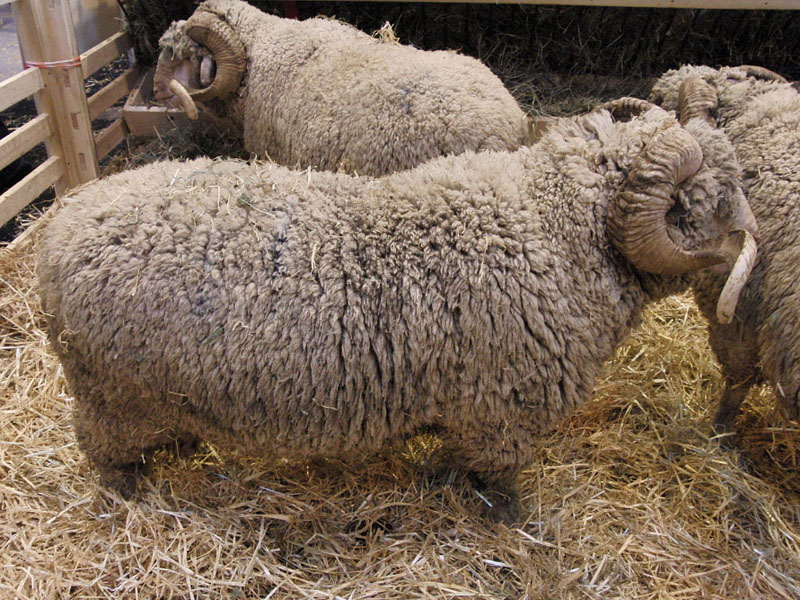Arles Wool
Variety: Arles wool
Fibre Origin: Merino d'Arles sheep.
Provenance: Provence, France
Characteristics:
- Fine, soft and strong fibre.
- Medium length and diameter between 25 and 30 microns.
- Creamy white colour.
- Used for the production of high-quality fabrics.
Arles wool is a type of wool that has always been associated with the finest in the textile industry. Arles wool is the natural fibre obtained from sheep from the town of the same name. Its outstanding qualities make it a highly prized variety.
HISTORY OF ARLES WOOL
Located in the southeast of France, Arles is world-famous for two things: for housing the Yellow House painted by Van Gogh and for its famous wool production. About the latter, we must not forget that the wool industry has been exploited for more than two centuries.
The sheep that produce this wool are known as Merino d'Arle. They are a cross between the local sheep species and the merino breed imported from Spain by Louis XVI around 1806. Their outstanding genetic qualities are enhanced by transhumance that respects animal welfare.
The Provence-Alpes-Côte d'Azur region is home to almost all of these sheep, and they are particularly common in the Crau plain (Bouches-du-Rhône). It is estimated that there are around 250 000 of them, making them the largest European Merino breed.
WHAT ARE ITS ORIGINS?
Sheep husbandry plays a decisive role in the quality of the sheep. The French organisation UPRA has been responsible for the scrupulous care of this sheep breed since 1978, certifying flocks that comply with its rigorous protocols.
Today, the main use of these sheep is for meat. Thus, the wool yield is mainly used by local artisan producers, which reinforces its select character.
CHARACTERISTICS OF WOOL
Characteristics of Arlés wool
- It is very abundant and can reach up to 3 kilos in females and 5 kilos in males. In fact, it completely covers the body of the animal.
- The tufts are wavy (which increases its yield) and of great length.
- The wool is white in colour and comes in very dense tufts.
- With a thickness of between 18 and 24 microns, the wool is extremely fine, as is to be expected of Merino specimens. Its average of 21 microns makes it one of the softest European wools.
BENEFITS
- Extra fine. One of the main virtues of Arles wool is its great softness to the touch.
- Organic from start to finish. Care for the environment is present throughout the entire wool production process: from the grazing of the sheep to the manufacture of their wool.
- In addition, it provides an outlet for a raw material that would otherwise be a waste product.
- High resistance. Don't be fooled by its softness: this French wool is a real all-rounder, capable of lasting for many years in perfect condition.
- Maximum protection. Think about it: it provides great thermal insulation, is highly resistant to moisture, offers optimum breathability, and all this without adding extra weight.
- The great ally of craftsmen. It offers one of the strongest crimps, which makes it very light and ideal for hand weaving.
USES
- Winter clothing and accessories: this is the main use of Arles wool due to its excellent properties.
- Household linen: as it is such a resistant material, it can withstand intensive use without any problems.
- Handicrafts: made with crochet or felt made from this wool.
- Alternative applications: they make it possible to take advantage of waste from the textile sector to give it a second life in industries such as architecture (shading systems, thermal-acoustic insulation of buildings, etc.).
Conclusion
Arles wool has unique features that make it a favourite of many artisans and designers, as well as being an example of culture and tradition.



Users Reviews